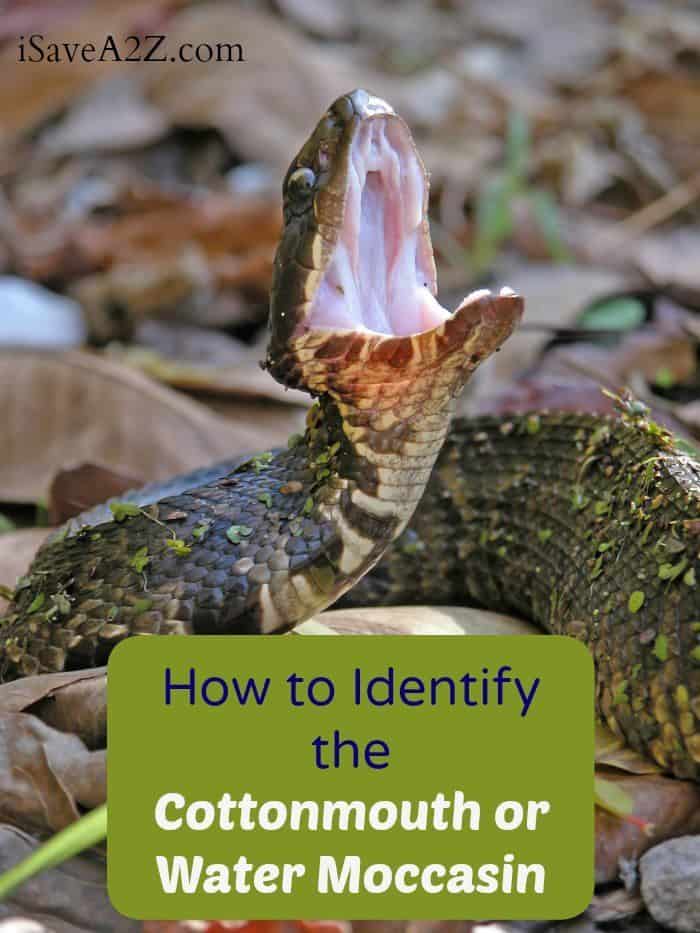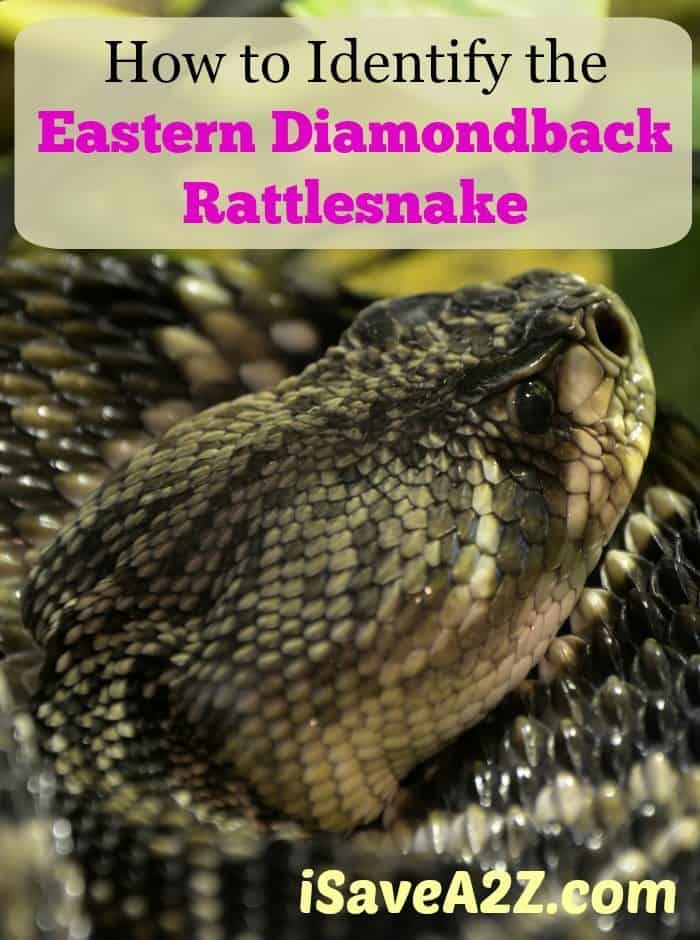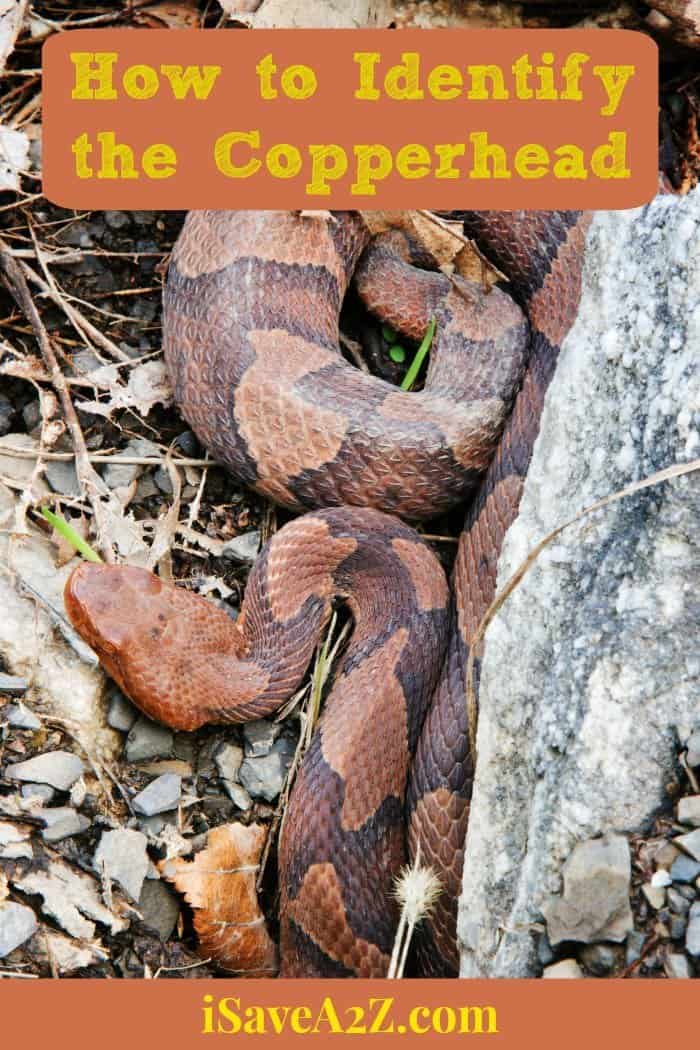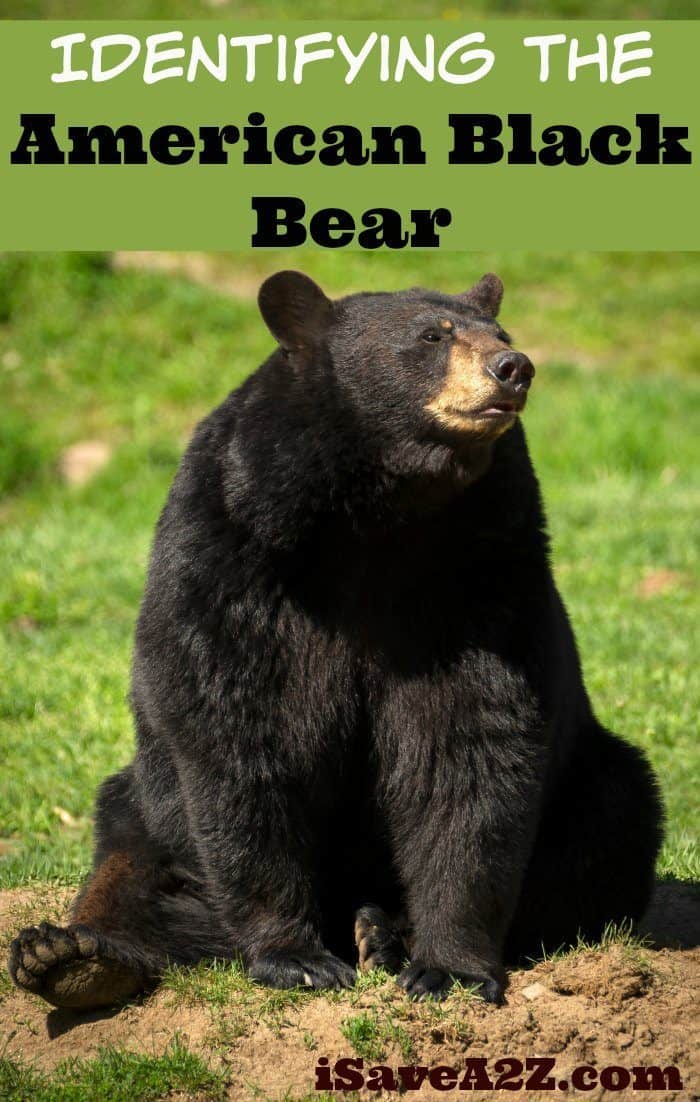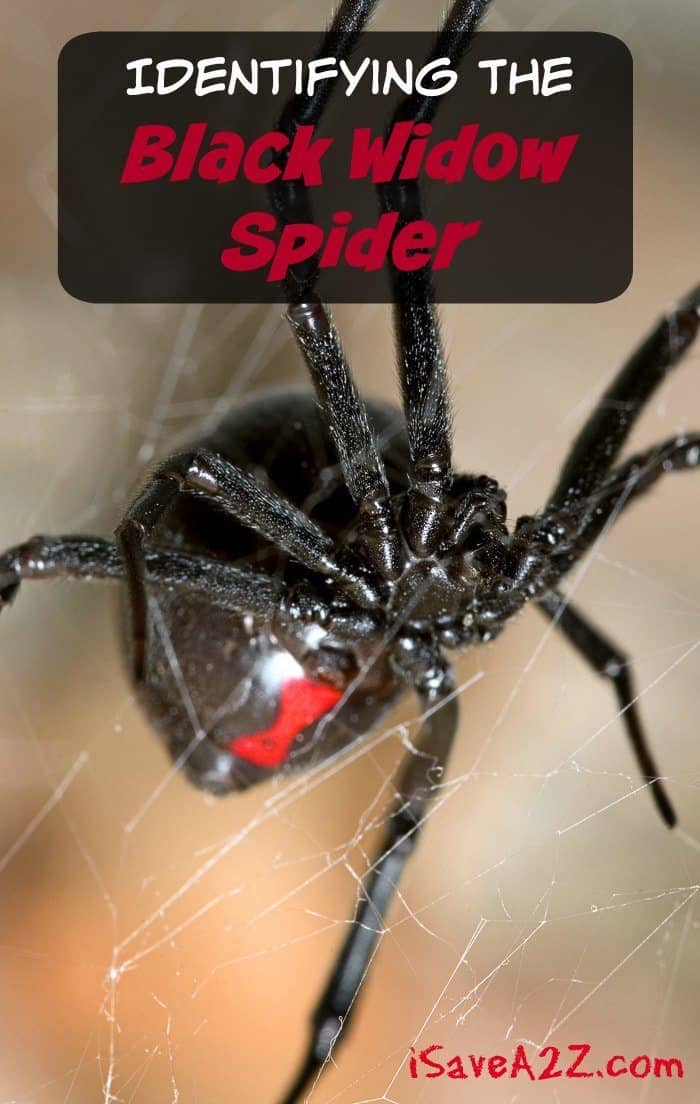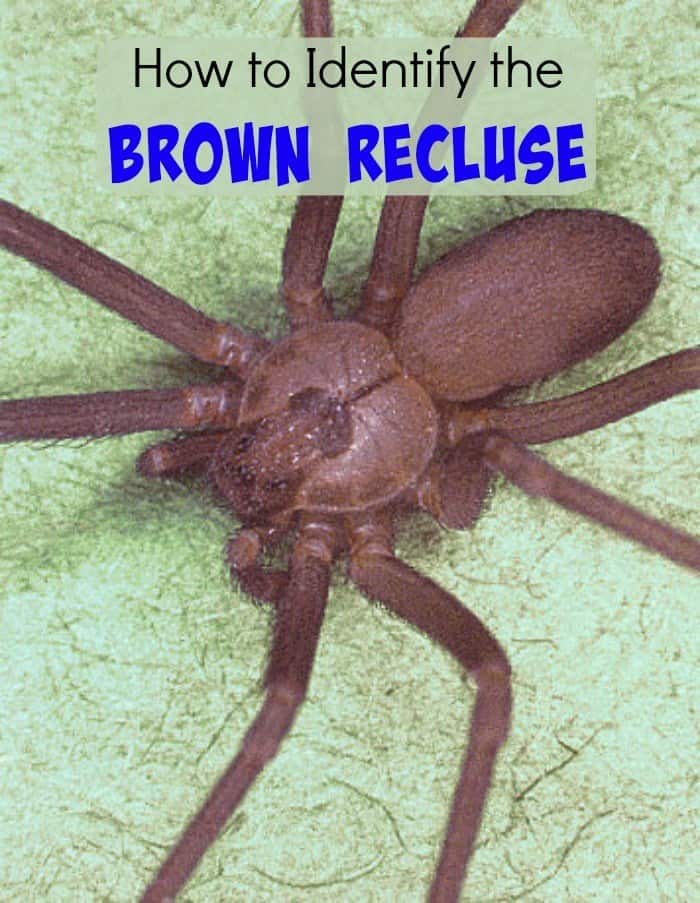How to Identify the Cottonmouth or Water Moccasin
How to Identify the Cottonmouth or Water Moccasin
The cottonmouth, otherwise knows as a water moccasin, is one of the most feared snakes in North America. Old wive’s tales and stories say that this snake is highly aggressive and even downright evil, but nothing could be further from the truth. Like most snakes, the cottonmouth wants absolutely no part of us. If we encroach on their territory, they will defend themselves against a perceived threat. That does not make them evil, though it does make them dangerous. Their bite packs a seriously dangerous punch and can be fatal if not treated promptly. That said, it is absolutely vital that we learn to identify the cottonmouth snake of North America.
The first thing to remember is that the cottonmouth looks a good bit like many other snakes you might see. Water snakes of various types all mimic the cottonmouth to varying degrees. Because of this, many people treat any snake in the water as a cottonmouth. While this wide sweeping call is fine to stay on the safe side, it is far from the truth. Most water snakes you bump into are not venomous.
The water moccasin is a stout snake that is invariably short in comparison to many other snakes. They are called cottonmouth snakes because they will often curl into a strike position and open their mouths when they feel threatened. When they do, it reveals a white mouth and reveals an imposing pair of fangs. This is a warning to stay away.
Color is widely variable with the cottonmouth depending on where in the United States you are located and the age of the snake. As they grow older, they tend to become almost completely black. They are pit vipers so they do have the diamond shaped head and pits that are located between the snout and the eye. These are used as a heat seeking system of sorts to hunt down prey. The eyes of a cottonmouth are vertical though you would need to get far too close to see such details. The chances of getting bit would be quite high.
As for coloration, they most commonly are dark brown to olive and may have bands of yellow or lighter brown depending on region and age. The underside of the snake is almost always lighter in color than the top. The bands tend to fade as the snake ages so adult cottonmouth snakes are often extremely dark in color.
As for habitat, the water moccasin is rarely found far from water, but they have been found a distance away in some areas. Mostly they hang out near a water source and as hidden as possible. This snake will not hesitate to stand their ground if they feel they must, but they really have no interest in a confrontation with humans. Given the chance to move away safely, they will invariably do so. Never try to handle this snake in any way or you risk a seriously dangerous bite that could even be fatal.
If you’re looking for some more survival tips, check out this ultimate survival guide! Keep yourself save too, and get ready an emergency plan for your family!

